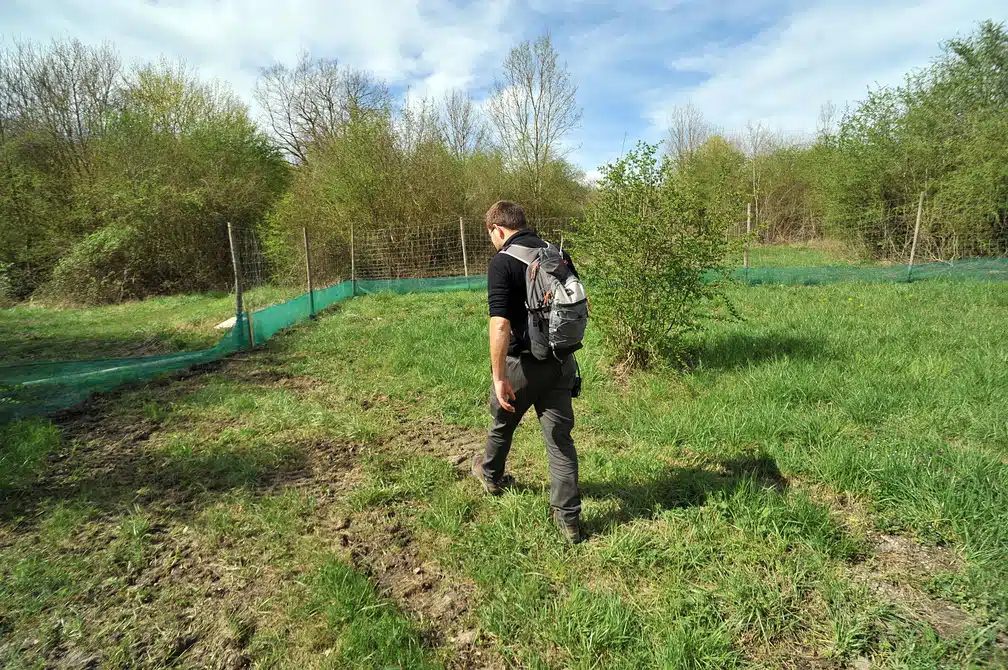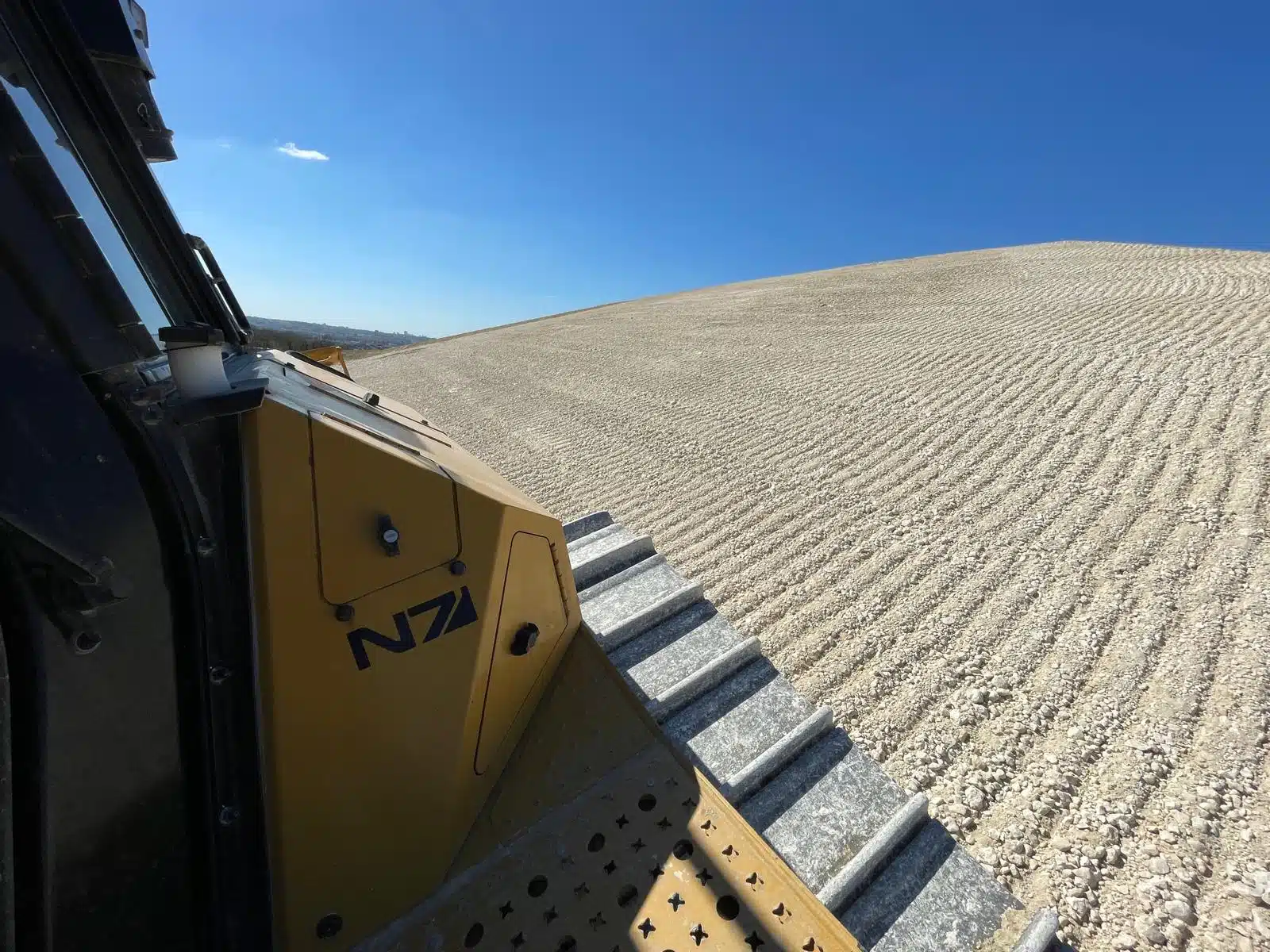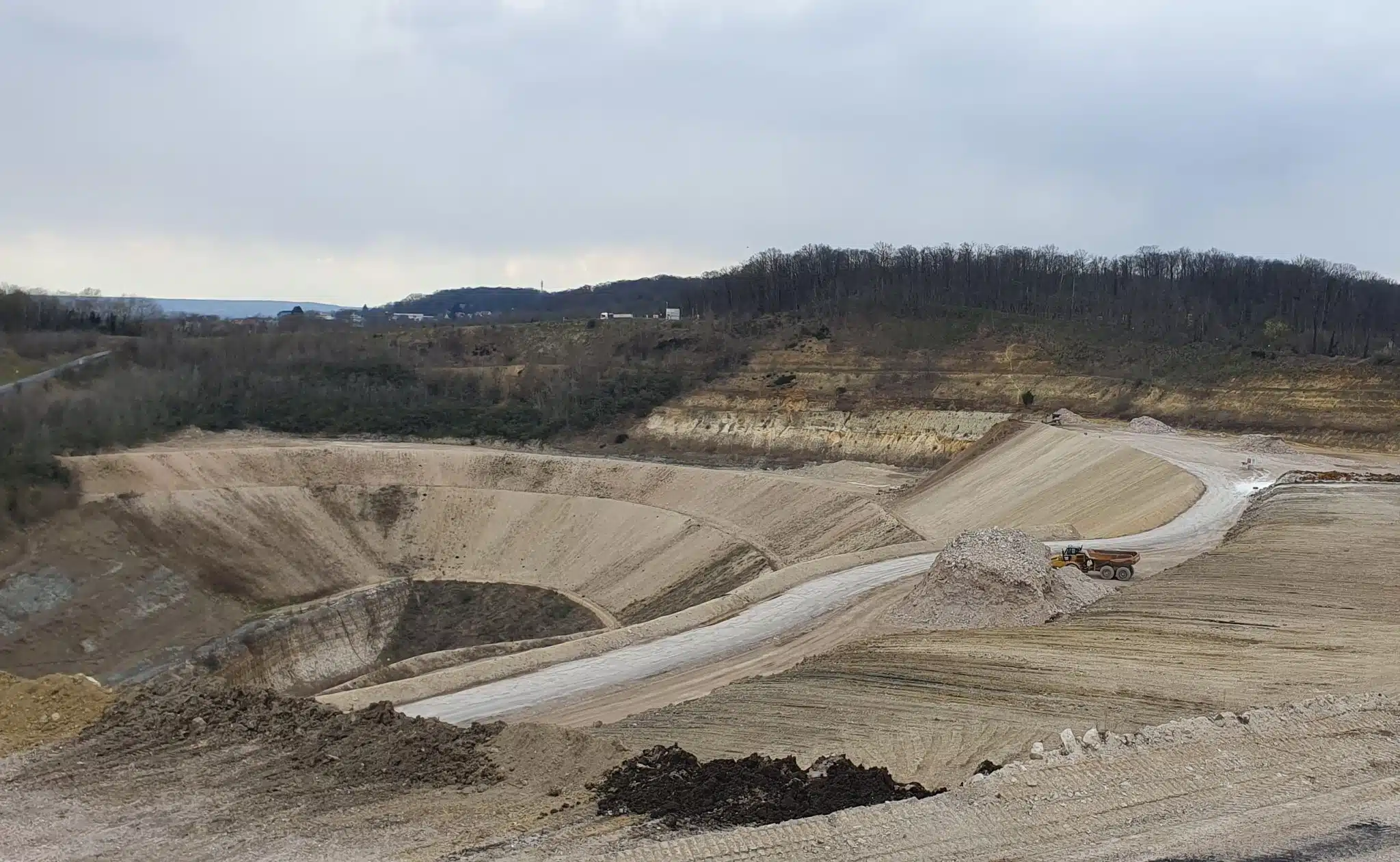The “Ingénierie et Génie Écologique Horizon 2030” (Engineering and Ecological Engineering Horizon 2030) roadmap aims to encourage the use of the resources offered by ecological engineering, an essential field for the restoration of ecosystems. Guillaume Lemoine, ECT’s biodiversity advisor, stresses the urgent need to make this sector more visible. By promoting work to restore ecosystems, such as purification, depollution and water storage, this initiative shows how preserved and restored soils can guarantee robust biodiversity and effectively combat climate change.
Making ecological engineering and its work visible
While this roadmap aims to encourage all players in civil society to make better use of the resources offered by ecological engineering, there is an urgent need to make the sector more visible and to highlight work to restore ecosystems and their ecological functions (purification, depollution, water storage and buffering, flood expansion, support for biodiversity, combating bank erosion, soil maintenance and restoration). The solutions proposed are effective and essential: preserved, restored and re-functionalised soils are the guarantee of a good recovery of the vegetation installed. And let’s not forget that in the context of climate change, restoring the soil’s ecological functions is vital for storing carbon and water.
Resolving contradictory public policy injunctions
There are no truly contradictory injunctions if all public policies incorporate and facilitate the use of ecological engineering. Let’s not forget that this is local know-how that draws directly on local resources. Encouraging “the consideration and use of living things” is one way of ensuring that the use of ecological engineering becomes a reflex.
I encourage the creation of eco-conditionality in the award of public contracts and subsidies to encourage project owners to use ecological engineering when the nature of the planned work allows it. At the very least, consultations should be allowed to authorise “variants” and alternative solutions. In this way, design offices will be able to diversify their methods of intervention. But of course, this should not be limited to public contracts.
Reducing the fear of ecological engineering and "work done for/and/or by living things
The difficulties encountered by ecological engineering are threefold.
Firstly, there is a lack of information and knowledge on the part of decision-makers, elected representatives, regional managers and project managers. Another obstacle is the time lag. A works contract is often a massive, short-term investment. When you involve living things, they need time to settle in. Plants have to develop their vegetative apparatus to produce organic matter, stabilising or purifying roots, store carbon, etc. The flora, fauna and fungi do not immediately re-colonise the structures and environments created.
Finally, some people’s apprehension about using living matter stems from the uncertainty of certain results. These hazards are seen as additional and costly. But nature has its own rules: the recovery of certain plants can be thwarted by the vagaries of the climate. The obligation to achieve results with a compensatory measure can sometimes be compromised if the target species is not present.
Working with recognised players in the sector, such as those in the Union professionnelle du génie écologique or those using the NFX 10-900 standard, brings expertise and experience. This should reassure decision-makers. A qualification for ecological engineering companies exists, called KALISTERRE. This qualification is currently the most robust and demanding benchmark on the ecological engineering market.
In conclusion
By incorporating these topics, the “Engineering and Ecological Engineering Horizon 2030” roadmap will not only encourage more widespread and effective use of the resources offered by ecological engineering, but also help to solve environmental challenges, while promoting local and sustainable know-how.



